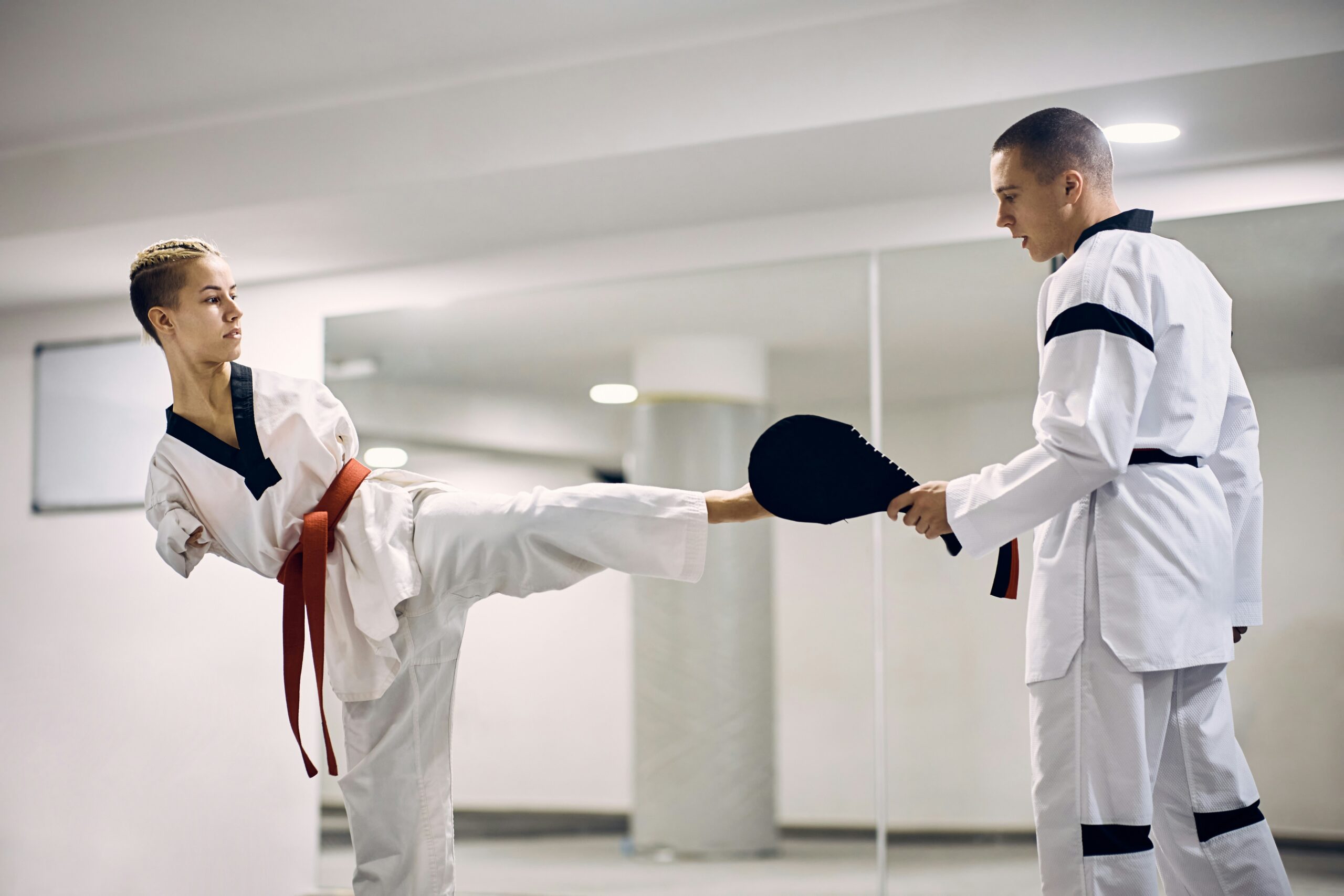Taekwondo, a martial art deeply rooted in Korean history, has flourished in Brownsville, bringing a strong tradition of discipline and respect. Every student who steps into a dojang is not merely learning how to kick and punch; they are immersing themselves in a centuries-old practice that fosters personal growth and community spirit. The traditions of Taekwondo shape a practitioner’s mindset, instilling values that transcend physical training and become life lessons.
In Brownsville, Taekwondo is more than just a sport or self-defense technique—it connects individuals to a structured way of life. Bowing before entering the dojang, addressing instructors with proper titles, and following the belt-ranking system all reinforce the principles of respect and perseverance. These traditions were passed down through generations, making Taekwondo a revered practice rather than just a collection of fighting techniques.
Cultural Heritage and Identity
The traditions of Taekwondo serve as a bridge to Korean culture, allowing students in Brownsville to engage with a heritage that extends beyond their own. Learning the history behind martial arts, reciting the tenets, and practicing centuries-old forms give practitioners a sense of belonging to something greater than themselves. These cultural ties enhance their appreciation for the art and deepen their commitment to its practice.
For many students, studying Taekwondo is a journey of self-discovery that enriches its cultural foundations. Understanding the origins of techniques and their philosophical underpinnings fosters a greater appreciation for the art. This connection to tradition helps students stay motivated, as they recognize that they are part of a legacy that has endured for generations.
Mental and Physical Development Through Tradition
The emphasis on tradition in Taekwondo cultivates both mental and physical discipline. Every movement, from a simple stance to an advanced combination, is practiced with precision and intent, reinforcing the value of perseverance. Training methods that have remained unchanged for decades help students develop focus and patience, which are essential in martial arts and everyday life.
Traditional Taekwondo training enhances strength, flexibility, and endurance, ensuring that practitioners become well-rounded athletes. Beyond the physical benefits, however, adherence to structured practice encourages students to push beyond their limits and develop resilience. Through repetition and refinement, they learn that mastery comes with dedication and time, reinforcing the importance of consistency in achieving goals.
The Role of Rituals in Personal Growth
Rituals such as reciting the student oath, performing deep breathing exercises before training, and meditating after class contribute significantly to a student’s personal growth. These structured practices emphasize discipline and mindfulness, creating an environment that helps students develop clarity and purpose in their training. The repeated observance of these rituals fosters a sense of stability and focus in their daily lives.
These rituals provide a grounding force in Brownsville, where many students balance school, work, and family responsibilities. They remind practitioners that Taekwondo is not just about physical strength but also about mental fortitude. Following these traditions teaches students to remain calm under pressure and face challenges with a composed and determined mindset.
Community and Camaraderie in Tradition
Taekwondo traditions foster a strong sense of community, creating bonds beyond the dojang. Training together under a structured system, students develop mutual respect and admiration for one another’s progress. The shared experience of rigorous practice and adherence to discipline strengthens relationships, forming friendships based on trust and shared goals.
Instructors play a crucial role in upholding traditions and guiding students with wisdom and patience. Their mentorship ensures that respect, humility, and perseverance are continuously reinforced. In Brownsville, Taekwondo schools are more than places of instruction—they are hubs of support and encouragement, where students of all ages find motivation and camaraderie through the art’s enduring customs.
The Belt System and Symbolism
The belt-ranking system in Taekwondo serves as a powerful symbol of progress and dedication. Each belt color represents a stage of growth, from the foundational white belt to the mastery of the black belt and beyond. This structured progression teaches students the importance of setting and working diligently toward goals. The tradition of testing for higher ranks instills a sense of responsibility, as students must demonstrate skill and character before advancing.
Beyond personal achievement, the belt system fosters a culture of mentorship, where higher-ranking students guide and support those at lower levels. This dynamic strengthens the traditional values of Taekwondo, emphasizing that knowledge and expertise should be shared rather than hoarded. In Brownsville, where martial arts continues to grow in popularity, this structure ensures that each generation of practitioners benefits from the wisdom and experience of those who came before them.
Conclusion: Preserving Tradition for Future Generations
The traditions of Taekwondo are essential in maintaining the art’s integrity and effectiveness. In Brownsville, where the practice continues to thrive, these traditions give students a strong foundation in martial arts and personal development. The rituals, respect, and discipline ingrained in traditional practice make Taekwondo more than just a form of combat; they shape individuals into resilient and principled members of society.
As Taekwondo schools in Brownsville grow, it is crucial to uphold these traditions so that future generations can experience the art in depth. By preserving its heritage, instructors and students ensure that Taekwondo remains powerful in cultivating discipline, cultural appreciation, and a strong sense of community. The lasting impact of tradition in Taekwondo will continue to inspire individuals, strengthening the art and the lives of those practicing it.

Leave a Reply